The Coded Procedural Landscape: Forum Shopping Inside the UPC Matrix
July 18, 2025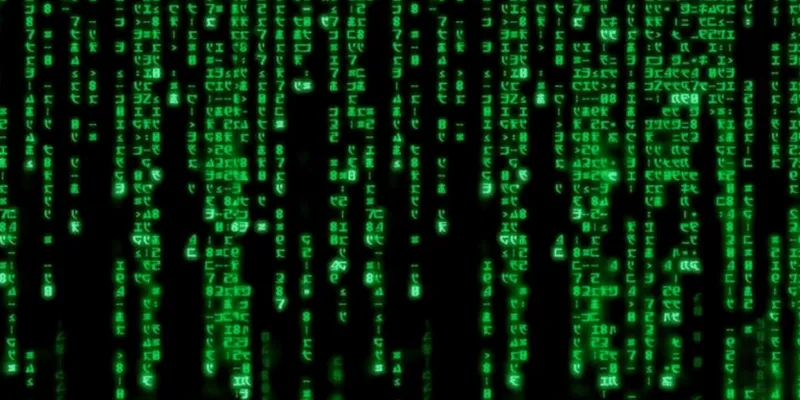
Following previous explorations of the UPC's architecture (Legal Inception), the interpretive tensions inherited from national traditions (Legal Westworld), and the volatility of procedural standards (Schrödinger’s Patent). The present article builds on that foundation, it turns to the strategic behavior of litigants. In a system still under construction, where procedural layers and judicial cultures coexist, forum shopping is not a marginal deviation, it is a central tool. This piece maps how litigators select, combine, and leverage procedural pathways within the UPC, not to bypass the system, but to navigate it.
A Coded Procedural Landscape
In The Matrix, reality is a coded illusion. Only those who understand its architecture can bend its rules. Similarly, the UPC operates under a unified textual framework, yet reveals a stratified ecosystem of procedural options shaped by tempo, language, evidentiary standards, and national judicial heritage. Forum shopping now unfolds not just between national courts and the UPC, but within the UPC itself, among local divisions that apply the same rules with subtly divergent emphases.
Opt-Out as Tactical Gateway
Article 83(3) UPCA establishes a transitional period during which holders of European patents may opt out of UPC jurisdiction (See Licence to File). Initially framed as a safeguard, this mechanism has become a tactical lever, often timed to anticipate or avoid revocation actions (Article 65 UPCA). But beyond this duality between UPC and national fora, strategic attention is increasingly focused on selecting the most favorable UPC division, a practice informed by observed procedural tendencies and institutional culture.
Intra-UPC Forum Preferences
Despite the formal unity of applicable law, litigation strategy within the UPC is influenced by persistent national traits. Litigants now gravitate toward certain divisions based on the procedural relief sought.
For evidence preservation measures under Article 60 UPCA, parties tend to favor divisions in France or Italy. These jurisdictions have a historical familiarity with ex parte seizures, such as the French saisie-contrefaçon (Article L.615-5 FIPC), which translates into greater institutional readiness and professional infrastructure. This tendency is reflected in decisions such as the ones in the "C-Kore" case for the Paris Division (see UPC "saisie-contrefaçon" Part III: the "C-Kore" case) and "Oerlikon" case for the Milan Division (see UPC "saisie-contrefaçon" Part II: the "Oerlikon" case). The Hague division, meanwhile, inherits Dutch legal culture: formal efficiency, procedural clarity, and a strict approach to trade secret protection. Articles 1019c and 1019d of the Dutch Code of Civil Procedure impose a high threshold for intrusive evidentiary measures. This informs a cautious stance, particularly on ex parte requests involving confidential information (see The “UPC-saisie” Netherlands Style: the New Trend to Come? “Oh Djadja, Y a pas moyen Djadja”). In the Netherlands, in such cases, seals are affixed directly, and access to the information is permitted only following an expert examination. In contrast, French practice operates in reverse: the party subject to the seizure must first request the affixing of seals on the grounds of trade secret protection at the time of the seizure. Subsequently, within one month, it must petition the court to maintain the seals. It is then incumbent upon the seized party to demonstrate that the sealed information qualifies as a trade secret.
By contrast, for provisional injunctions under Article 62 UPCA, litigants often turn to Germany, where the tradition of preliminary relief in IP cases reflects a culture of urgency, procedural clarity, and effective evidentiary standards. This is evident in 10x Genomics v. NanoString (Munich Local Division, September 19, 2023, UPC CFI 2/2023), and resonates with pre-UPC jurisprudence, notably Wärmetauscher (BGH, X ZR 114/13, 10 May 2016).
A Plurality Without Coordination
Such forum preferences might enrich a pluralist system, were they matched by robust coordination mechanisms. But the UPC currently lacks any obligation of inter-division communication or centralization of pending case data.
Article 33(2) UPCA mirrors the lis pendens logic of the Brussels I bis Regulation (Regulation (EU) No. 1215/2012), yet its application is hindered by the absence of a jurisdictional alert system.
No procedural rule compels parties to disclose parallel actions. No interoperable CMS links UPC divisions with national courts. This institutional silence fosters strategic opacity, especially in disputes involving fragmented corporate structures.
Toward a Manageable Complexity
The diversity of judicial practice within the UPC is not a flaw. It reflects Europe’s legal and linguistic heritage. The challenge is not to eliminate divergence, but to govern it.
A structural reform is needed. This could include a real-time alert mechanism integrated into the UPC’s Case Management System, a centralized register of parallel proceedings, and a procedural coordination chamber empowered to issue interpretive guidelines and curate jurisprudential coherence.
Conclusion: Reading the Code
The Unitary Patent System was conceived as a common territory. In practice, it reveals a map in motion. Each local division is an entry point into a shared but interpreted system. Forum shopping within the UPC is not an aberration, it is a rational adaptation to structural plurality.
In this procedural Matrix, coherence will not emerge from textual uniformity alone, but from strategic transparency and managed divergence. Until then, it is the litigator who chooses the battleground, reads the code, and writes the story.
You may also like








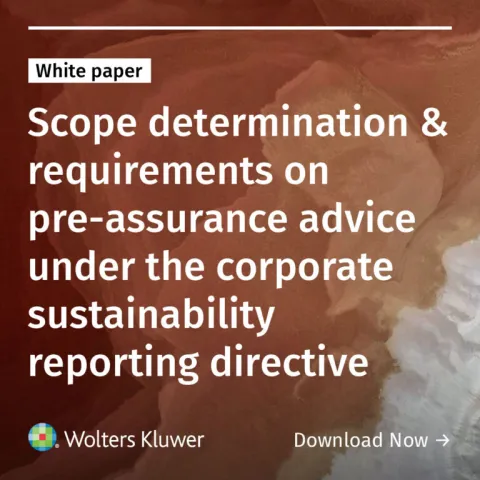

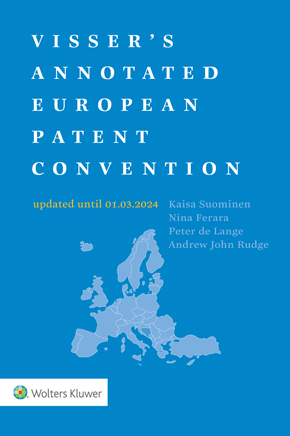
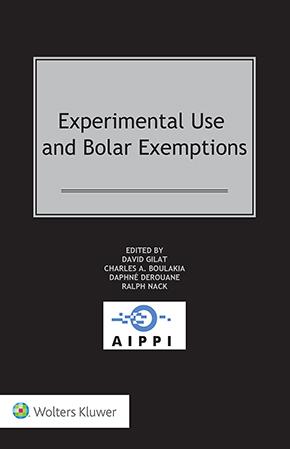

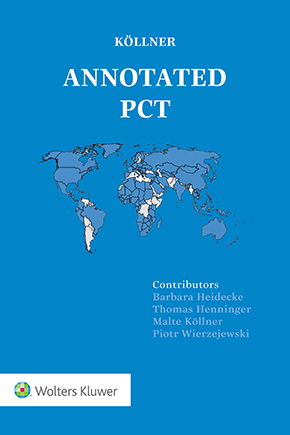

DXThomas
One of the alleged benefits of the UPC loudly touted by its proponents was to avoid forum shopping and come to a unified system. The whole article shows that we are far from this. As in the big countries, e.g. France and Germany, any panel of a local division is “composed of two legally qualified judges who are nationals of the Contracting Member State hosting the local division concerned” [Art 8(3)UPCA], it is no wonder that national traits persists. It is only in the central division that the nationalities are necessarily different. I am not convinced that the challenge is not to eliminate divergence, but to govern it. Why is then the court called Unified Patent Court? I do however agree that a structural reform is needed. How this reform will be achieved is another matter. As heard recently: if London means Milan, green means red. It should thus not be expected too much from a reform. The CoA UPC will have an important role to play, but will it be up to the task?